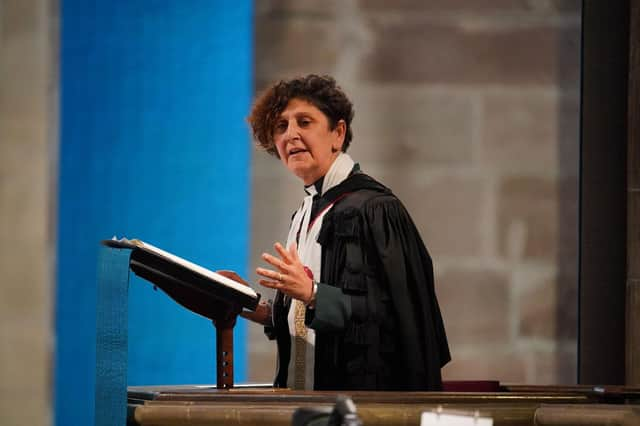Old Church of Scotland buildings can still play an important part in the community – Scotsman comment


The prospect of hundreds of churches being closed across Scotland over the next few years has caused alarm, and not just among their congregations. These buildings are, first and foremost, places of worship but they are also, in many cases, important community buildings.
In an interview with The Scotsman, the Rt Rev Sally Foster-Fulton, Moderator of the Church of Scotland's General Assembly, says that while closing buildings is a “painful” process, it also provides “a real opportunity to reimagine ourselves... and to let go of some of the baggage that's held us down”. “Too many buildings is an energy-sapper. It's a lot of energy to maintain a building, and if you don't need it, and you can come together and work more effectively, why wouldn't you?” she added.
Advertisement
Hide AdAdvertisement
Hide AdThe Kirk needs to ensure its property portfolio matches its needs and its budget, but government, local and national, should be taking an interest in what’s happening. One should not be overly sentimental. It may be that it makes sense to simply bulldoze some buildings and replace them with offices, social housing or whatever is needed.
However, there will surely be many that could be repurposed as community buildings. This is particularly true given the ambitions to create “20-minute neighbourhoods”, in which people have everything they need within that travel time. After all, there probably aren’t many people who live more than 20 minutes away from a church.
Given public funds are likely to be under considerable pressure for the foreseeable, a straightforward purchase may not be possible. However, politicians can still act as a galvanising force to bring together various community groups, potential patrons and other interested parties to make something happen. The more aesthetically pleasing churches, in particular, could make an excellent community hub, with cafes, shops, perhaps a small theatre, and so on.
Just as the Church of Scotland needs to periodically renew itself, so do Scotland’s towns and cities. Finding new uses for prominent buildings that are no longer needed is important work for this generation if our built heritage is to be passed on in a good state to the next.
Comments
Want to join the conversation? Please or to comment on this article.
